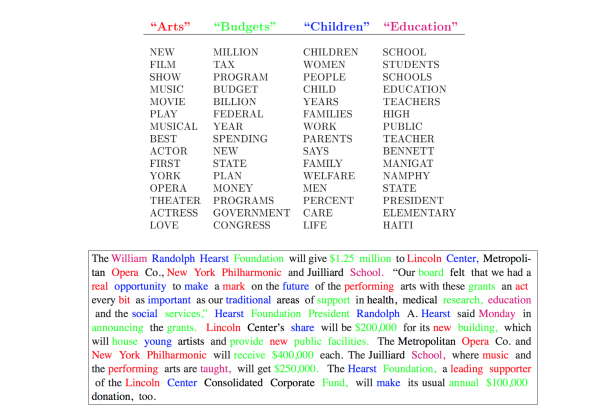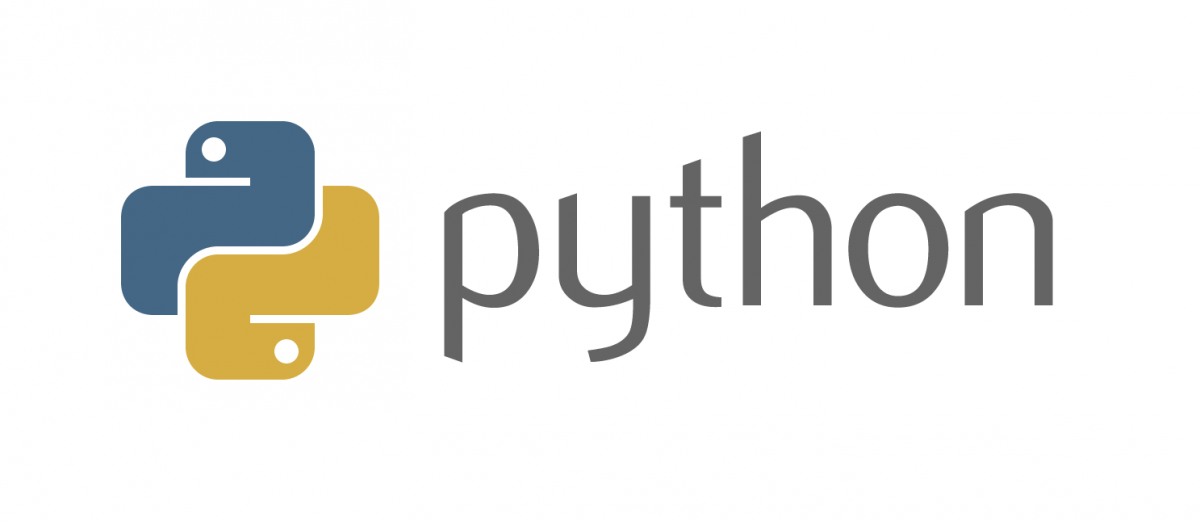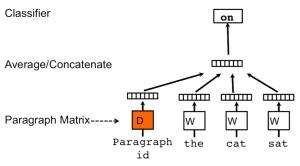My second Google Summer of Code blog post is going to be a wee bit more technical – I’m going to briefly describe what topic models do, before linking to a tutorial I wrote which will teach you how to do some cool stuff with Topic Models and gensim. Very, very briefly – given a collection of documents, topic models …
2016 Student Data Science Programs with RaRe Technologies
RaRe Technologies is deeply rooted in the open source community and we are always seeking out opportunities to dedicate our experience and time to the next generation of computer scientists. Often the first step is to connect ambitious students to the resources they need to truly make an impact with hands-on projects and mentorship. These up and coming students have …
2016 Student Incubator – Week 1 Implementing Topic Coherence Metrics in Gensim
Here’s my first post as part of the RaRe Technologies Incubator Programme! Over the course of this summer I will be working on (and hopefully improving) the functionality of gensim, an open source library for topic modelling. My interest in machine learning and natural language processing started when I took an online course on machine learning by BerkeleyX. I was …
Does Python Stand a Chance in Today’s World of Data Science? [video]
Earlier this summer, our director Radim Řehůřek, led a talk about the state of Python in today’s world of Data Science. Covered in the talk is how businesses are using Python for commercial success, Python vs Java, and an interesting comparison of the popular latent semantic analysis (SVD) and word2vec algorithms running on with different platforms: Spark MLlib, gensim, scikit-learn …
Making sense of word2vec
One year ago, Tomáš Mikolov (together with his colleagues at Google) made some ripples by releasing word2vec, an unsupervised algorithm for learning the meaning behind words. In this blog post, I’ll evaluate some extensions that have appeared over the past year, including GloVe and matrix factorization via SVD.
Doc2vec tutorial
The latest gensim release of 0.10.3 has a new class named Doc2Vec. All credit for this class, which is an implementation of Quoc Le & Tomáš Mikolov: “Distributed Representations of Sentences and Documents”, as well as for this tutorial, goes to the illustrious Tim Emerick. Doc2vec (aka paragraph2vec, aka sentence embeddings) modifies the word2vec algorithm to unsupervised learning of continuous …
Multicore LDA in Python: from over-night to over-lunch
Latent Dirichlet Allocation (LDA), one of the most used modules in gensim, has received a major performance revamp recently. Using all your machine cores at once now, chances are the new LdaMulticore class is limited by the speed you can feed it input data. Make sure your CPU fans are in working order!
Data streaming in Python: generators, iterators, iterables
There are tools and concepts in computing that are very powerful but potentially confusing even to advanced users. One such concept is data streaming (aka lazy evaluation), which can be realized neatly and natively in Python. Do you know when and how to use generators, iterators and iterables?
Tutorial on Mallet in Python
MALLET, “MAchine Learning for LanguagE Toolkit” is a brilliant software tool. Unlike gensim, “topic modelling for humans”, which uses Python, MALLET is written in Java and spells “topic modeling” with a single “l”. Dandy.
 RARE Technologies
RARE Technologies








